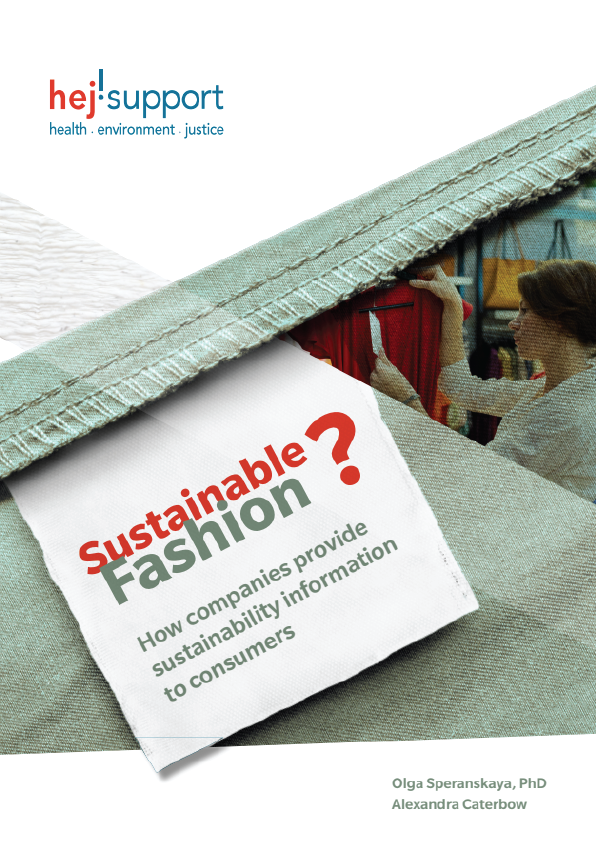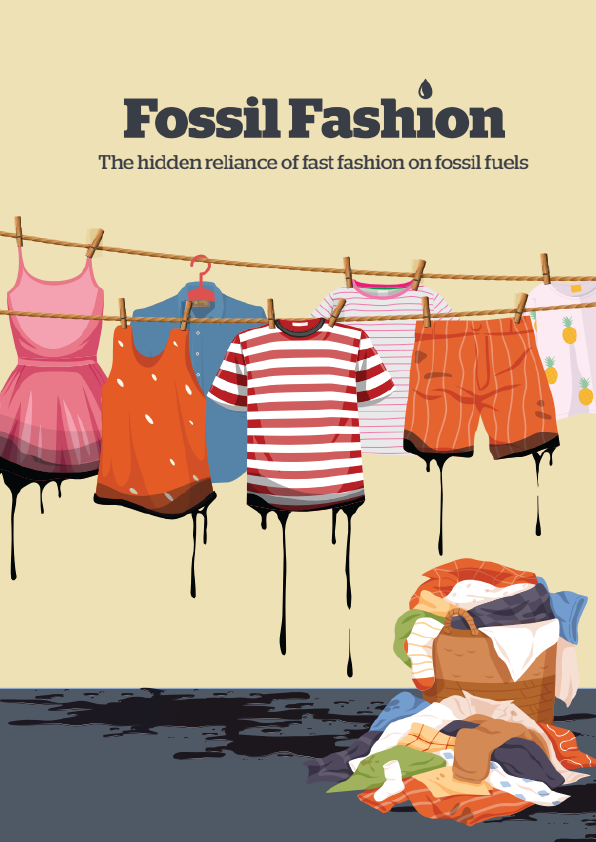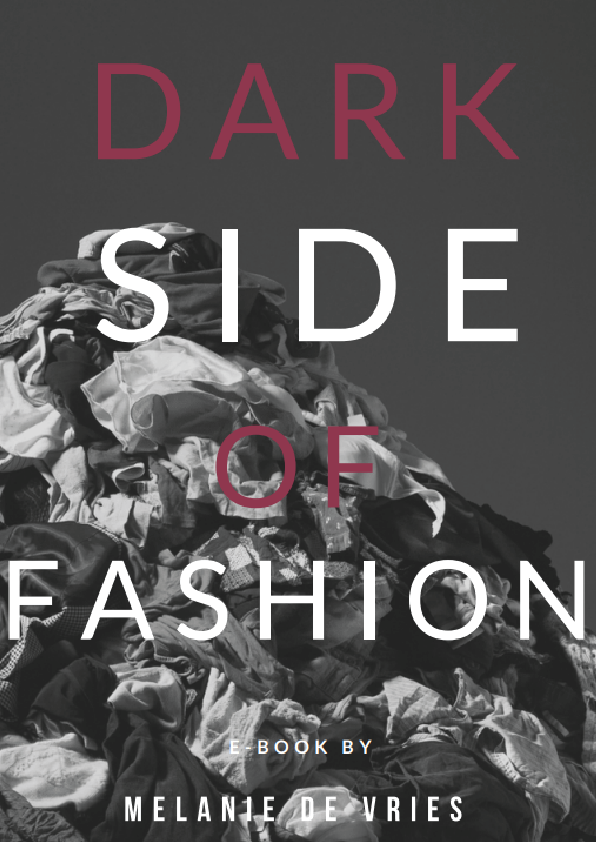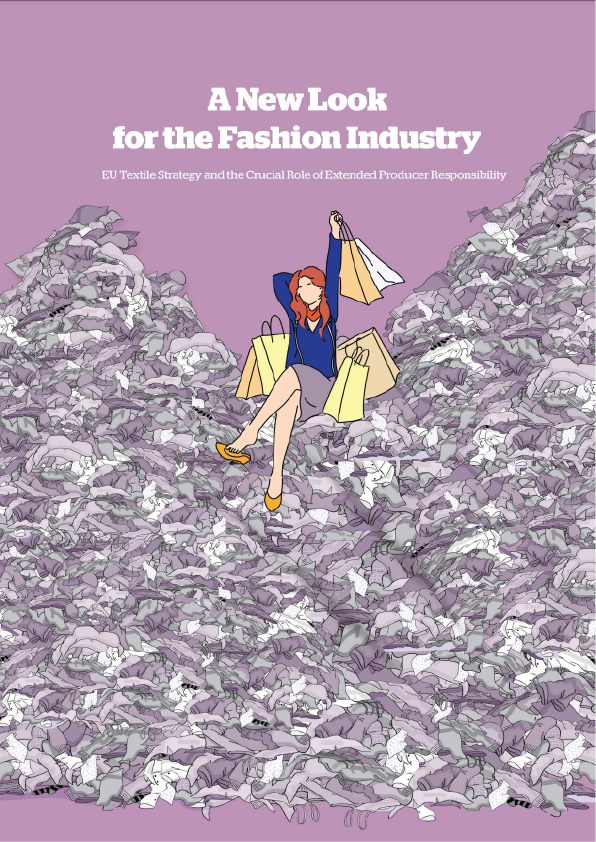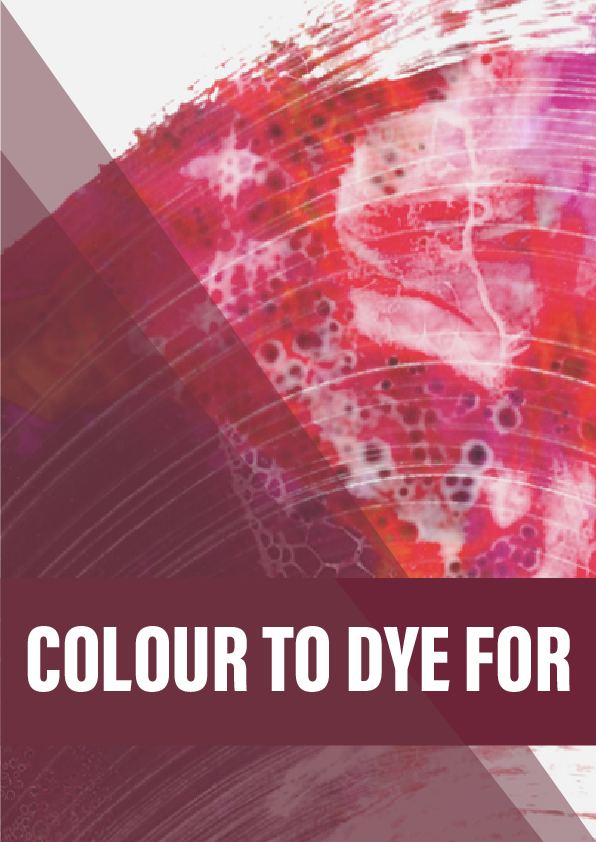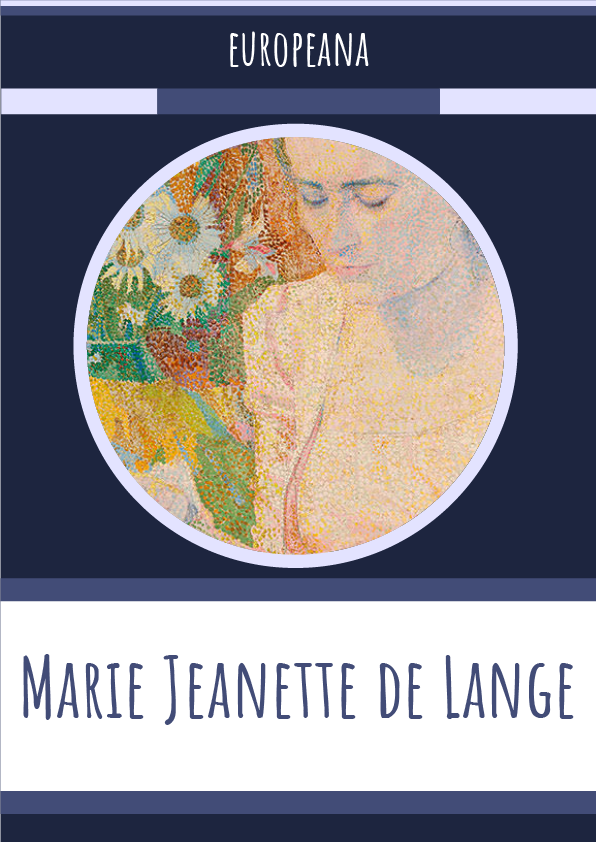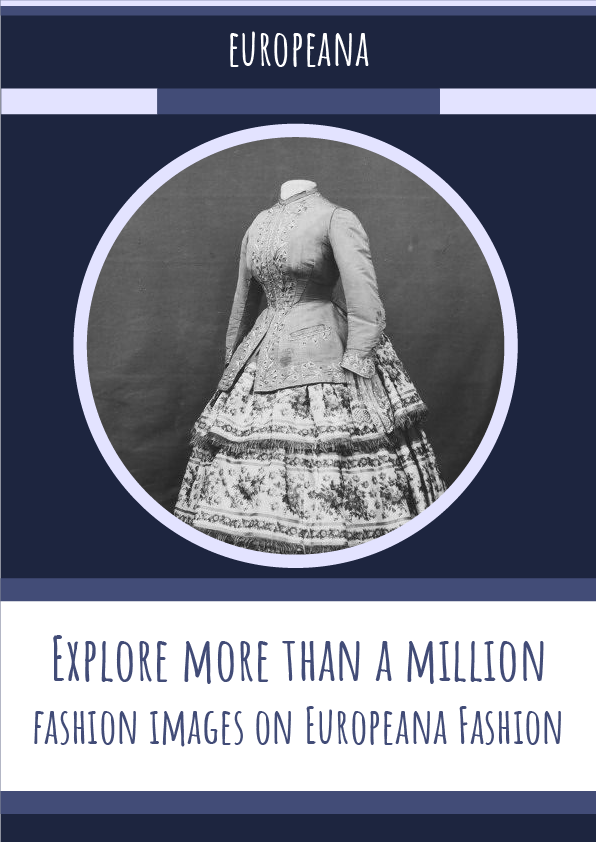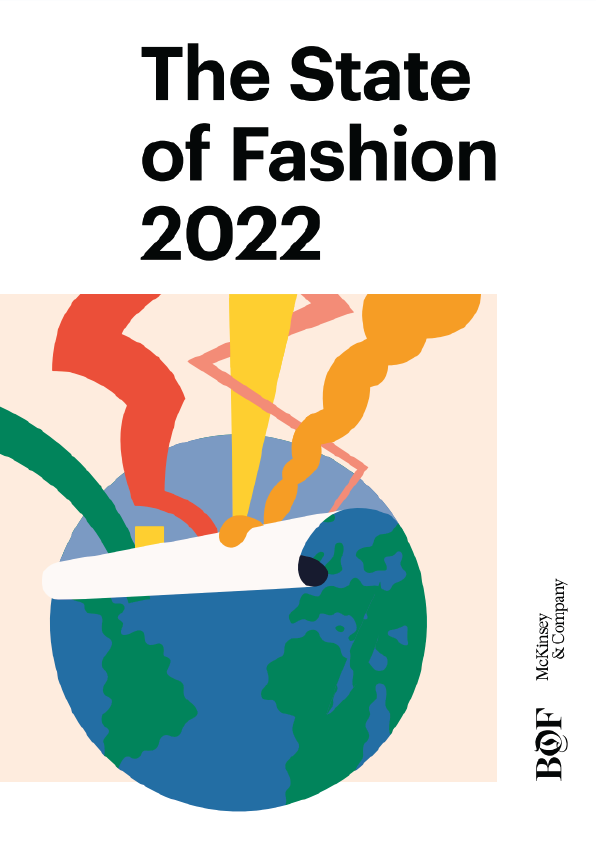Introduction
The textile and fashion industries are among the largest industries in the world. Their supply-chain includes agriculture, manufacturing, and processing, as well as fabric care, use, recycling and disposal. Nearly all countries are involved in manufacturing of textile products, though the actual involvement can vary from textile and product design and development of manufacturing technologies, to actual production and shipping to numerous locations. However, all countries face the growing problem of textile waste management, which is directly linked to unsustainable textile production and use.
Being among the most polluting industries, fashion and textile industries must explore strategies geared toward improving sustainability in order to minimize resource use and pollution, improve the safety of workers, eliminate sexual abuse, and ensure the right of consumers to make informed choices. The future of sustainable textiles and fashion largely depends on the industry’s ability to reduce the use of resources such as land, water and oil, and to ensure products are reused and recycled to minimize waste. Other aspects of sustainability that the textile and fashion industries focus on include protection of the environment and human health, occupational safety, gender equity and women’s empowerment, as well as meeting the demand of consumers for ecofriendly textile products.
Despite obvious achievements in addressing sustainability issues within the supply chain, many textile and fashion industries still underestimate the role of consumers and their demand for more information about sustainably sourced, healthier materials. For the purpose of this paper, data collected in stores and on-line, including direct communication with retailers and consumers and the recommendations of the UN-Environment and ITC 2017 Guidelines for Providing Product Sustainability Information were analyzed. The paper touches upon gaps in the current provision of product sustainability information to consumers, with the aim of suggesting a way forward which makes consumers a driving force able to shape the future of sustainable textiles and fashion.
Background
If a textile product negatively impacts people’s health or the environment during its production, use and disposal, shouldn’t it just be taken of shelf and substituted with a safer and more sustainable alternative? Or should brands and regulators provide consumers with information about product sustainability so that they can make an informed choice? You may think this is important and a ‘must-do’ by each brand in every country, but it rarely happens in execution. This leaves consumers unaware of what product to choose to avoid potential health or environmental risks.
To improve the situation, the UN-Environment and ITC 2017 Guidelines for Providing Product Sustainability Information (Guidelines) were developed in the frame of the Consumer Information Programme (CISCP) 2 of the One Planet Network3 with the aim of empowering consumers to make informed purchasing decisions that will minimize adverse impacts on people and the environment. Such information contributes to sustainable consumption that includes the purchase, use and disposal of consumer products.
According to the Guidelines, there are many channels that information providers may use to engage with consumers. Information can be provided directly on the package or point of sale, through signs or posters, online, via social media, TV or radio advertisements, on receipts, on product labels, or in instruction manuals. The information may have a single-issue (e.g. carbon footprint) or multi-issue approach (e.g. environmental footprint), and can provide a holistic perspective considering the impacts of every stage of the product’s life cycle, from raw material extraction and product manufacturing, through its use and disposal (‘a life cycle approach’). Logos are frequently used to assert sustainability claims (sentence/affirmation or label), to improve product visibility and marketing to consumers, often accompanied with written information and/or links to additional information.
To help information providers better communicate with consumers, the Guidelines focus on two sets of principles: fundamental and aspirational. While fundamental principles help “to establish minimum requirements that must be met when providing product sustainability information to consumers”, aspirational principles “encourage ambition, improvement and sustainability leadership over time.” 4 Under each principle, instructions are provided to help users better understand its requirements.
Application of both types of principles is especially important due to the growing interest in sustainable products among consumers. For example, the recent report by Lyst 5 indicates a 66 % increase in searches for sustainable fashion since 2018 with 187 % increase in page views for sustainable denim brands. Consumers look for sustainable related keywords like “ethical brands” and “econyl”. They give preference to brands which do their best in achieving both sustainability principles and are transparent about their environmental and social impact.
In our project we looked at four textile brands: 6 H&M, Adidas, Tommy Hilfiger, and Zara. The motivation for conducting this research was to better understand what sustainability information is available on the products from these brands that helps consumers make an informed decision. The methodology for collecting data is described the methodology part of this report.
Want to discover more about the topic? You can check out the book from the above!
